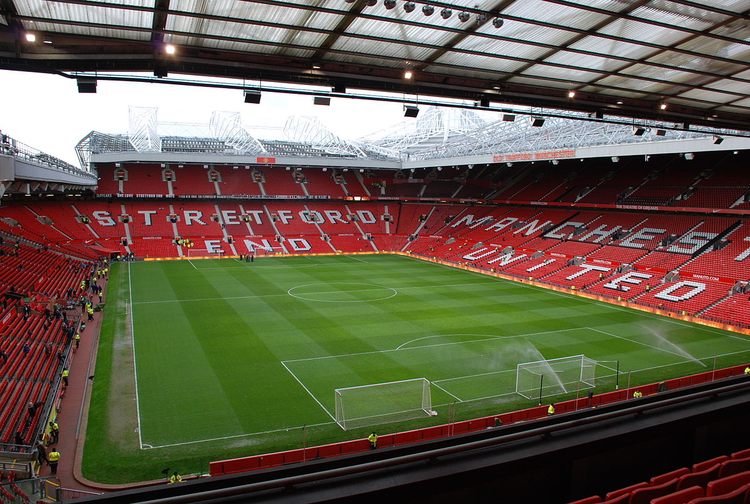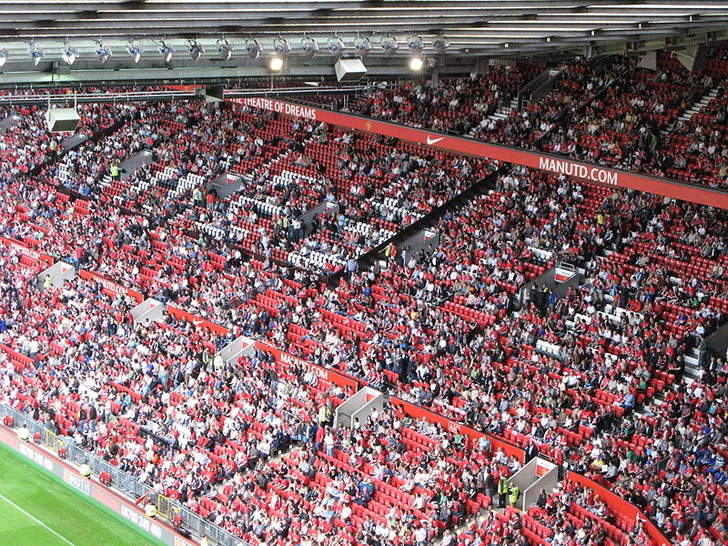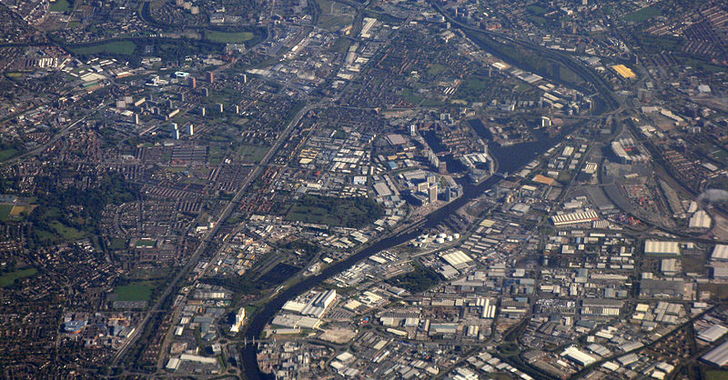
If you’ve been watching football on Sky Sports at any point over the last few years, you will almost certainly have seen former Manchester United player Gary Neville blame the poor performances from the club he still supports not on the players nor on the manager in charge at the time, but instead on the state of Old Trafford.
The famous old ground has been allowed to slip into a state of disrepair under the ownership of the Glazers, with a leaky roof being one of the more notable problems. The Red Devils have new owners on the football-side of operations, but what are their plans when it comes to the club’s home stadium?
What’s the Problem with Old Trafford?
Whilst supporters of pretty much every other club in the country might not want to hear it, Old Trafford has been the site of a fair amount of footballing success over the years. The doors were opened for the first time there in the February of 1910, with renovations taking place in the 1940s, 1950s, 1970s, 1990s and 2000s.
The Archibald Leitch-designed venue has seen some incredible games take place in it over the years, from the 2-2 draw with Real Madrid in 1957 to the 3-1 win against Manchester City in 2010, Man United fans have some fond memories of the famous stadium that put any problems into stark perspective.
@uniteddayy Champions league night at Old Trafford was something different✨ #manchesterunited #ดูบอลอังกฤษ #ดูบอลอังกฤษใช่เงินเท่าไร #แมนยูไนเต็ด #ทัวร์อังกฤษ #แชมป์เปี้ยนลีกส์
Chronic underinvestment in the club in general from the Glazers has meant that there are major problems with Old Trafford. Prior to that, there were numerous piecemeal upgrades to the site that have meant that it is neither completely falling apart nor brand new.
It is a mismatch of various plans from different times across the decades of the club’s existence, with the facilities being outdated around most of the ground. For a lot of supporters, the history of Old Trafford is what they don’t want to let go of, yet for others there is a desire to create something new that can help to propel the Red Devils back towards the top of the table.
Is Redevelopment an Option?

This, along with the money poured in courtesy of Sky Sports, helped Manchester United to dominate English football for the best part of two decades. Many will feel that doing the same thing again would be the right way forward with the ground.
🏟️🗣️ “You can have a new stadium and take your history with you!”@JayMotty weighs in on the latest on the Old Trafford redevelopments, which are set to help the growth and regeneration of the surrounding area 🔴 #MUFC pic.twitter.com/2Ti53MdvNF
— Stretford Paddock (@StretfordPaddck) September 9, 2024
The problem is that the nature of the stadium and its location means that doing the kinds of redevelopments that would be necessary to turn it into a top-class venue once again wouldn’t be all that easy to do. There is a tramline close to the ground, for example, that would almost certainly have to be closed during any sort of redevelopment.
Would that be able to be integrated into a new stand? There is also a small canal that would have to be taken into account but that would cause some issues and hamper building work, to say nothing of likely having some environmental protections that would have to be taken into account.
A New Ground Might be the Best Way Forward

When Jim Radcliffe arrived at Manchester United, he discussed the possibility of a new home for the football club and suggested that the government should help to pay for it and make it the ‘Wembley of the North‘. Whilst rival fans scoffed at this, both West Ham United and Manchester City play their games in stadiums that were either built with public money or else heavily subsidised with it.
There is little doubt that a club the size and scale of Manchester United needs to play its football in a top-class stadium, but the demolition of Old Trafford in order to make way for another stadium in its stead would have its own issues.
For starters, where would the Red Devils play their matches whilst the construction work was taking place? There is little chance that Manchester City are going to welcome them into the Etihad, whilst the next closest massive ground would be Anfield and that is certainly not somewhere that United would be welcomed.
News that the club has entered into strategic relationships with local authorities over the regeneration of Old Trafford will be seen as good news by many, but the reality of finding the club a brand new home isn’t an easy one to get to grips with.
